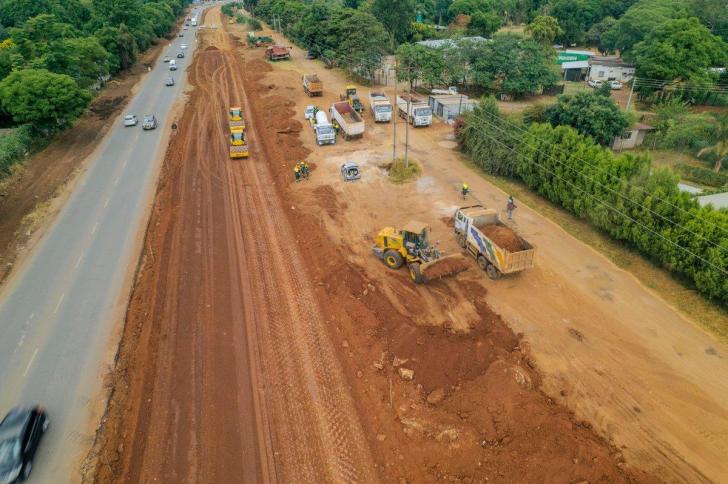News / National
Highway to Harare project spikes HIV cases
10 Jun 2024 at 08:43hrs |
0 Views

The construction of the Harare-Chirundu highway has led to an increase in HIV infections, as sex workers are targeting men working on the project.
Davison Mambudzi, a Mashonaland West NAC official, highlighted this trend, noting that where there is economic activity, sex workers tend to flock. As a result, the highway area is experiencing a rise in HIV cases. To address this, interventions such as intensified condom distribution and other preventive measures are being implemented.
In Mashonaland West province, there are currently 143,000 people living with HIV, with 130,000 of them receiving anti-retroviral treatment.
Chegutu district has the highest HIV burden among children under 18, while Kariba has a relatively low incidence due to cultural practices that limit sexual relations with outsiders.
The province faces various challenges such as spousal separation, low condom use, and low risk perception contributing to HIV transmission. Additionally, artisanal mining in areas like Mhondoro-Ngezi has led to spikes in HIV cases.
Nationwide, the 2023 NAC report indicates a decline in AIDS-related deaths, with 19,566 deaths recorded. However, the total number of people living with HIV stands at 1.3 million, with the majority being females. Mining areas and regions with high population mobility contribute significantly to HIV prevalence, with Matabeleland South having the highest prevalence at 17.3%.
In contrast, provinces like Harare have lower prevalence rates due to fewer high-risk activities. The bottom four provinces in terms of HIV prevalence are Mashonaland East, Masvingo, Manicaland, and Harare.
Davison Mambudzi, a Mashonaland West NAC official, highlighted this trend, noting that where there is economic activity, sex workers tend to flock. As a result, the highway area is experiencing a rise in HIV cases. To address this, interventions such as intensified condom distribution and other preventive measures are being implemented.
In Mashonaland West province, there are currently 143,000 people living with HIV, with 130,000 of them receiving anti-retroviral treatment.
The province faces various challenges such as spousal separation, low condom use, and low risk perception contributing to HIV transmission. Additionally, artisanal mining in areas like Mhondoro-Ngezi has led to spikes in HIV cases.
Nationwide, the 2023 NAC report indicates a decline in AIDS-related deaths, with 19,566 deaths recorded. However, the total number of people living with HIV stands at 1.3 million, with the majority being females. Mining areas and regions with high population mobility contribute significantly to HIV prevalence, with Matabeleland South having the highest prevalence at 17.3%.
In contrast, provinces like Harare have lower prevalence rates due to fewer high-risk activities. The bottom four provinces in terms of HIV prevalence are Mashonaland East, Masvingo, Manicaland, and Harare.
Source - online
Join the discussion
Loading comments…

























